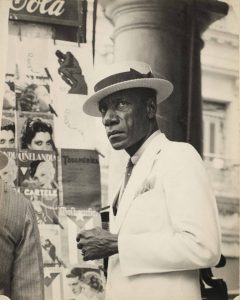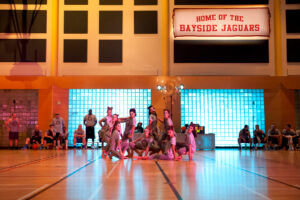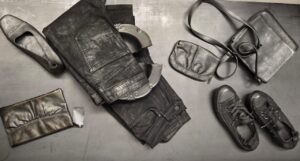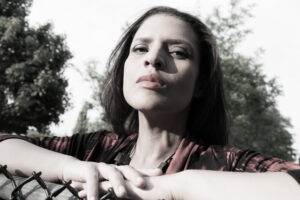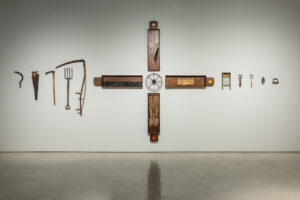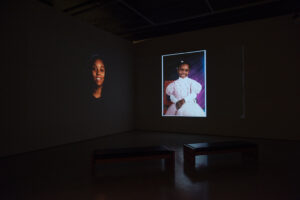Approximately eighty photographs, including Ansel Adams’s influential five-part Surf Sequence (1940) and Minor White’s Song Without Words (1947; printed 1960), celebrate the exceptional contribution that American photographers made to the history of art during the first half of the twentieth century.
The period from 1900 to 1950 represented an extraordinarily fertile period in the evolution of photography in the United States. During this time, a vocabulary for critiquing photographic images was developed, the pros and cons of the medium were fiercely debated, and significant technical and technological strides were made. Photography was put to the test in almost every aspect of its expressive potential, from its various artistic manifestations to its social and political uses.
This exhibition includes stunning works by Edward Steichen, Clarence White, Gertrude Käsebier, and Alfred Stieglitz, as well as renowned Pictorialists, all of whom were adapting the processes and techniques of photography to what they considered to be more expressive and artistic ends, proving that the medium could compete with painting and traditional printmaking. By the 1930s, a new aesthetic known as straight photography had taken hold, as had the more precisionist photography that rejected soft-focus and painterly properties for crisp clean lines. This can be seen in the work of Paul Strand, Walker Evans, Edward Weston, Barbara Morgan, and Imogen Cunningham.
The deployment of photography to social and political ends is also part of this visual epic, starting with Lewis Hine’s moving photographs of immigrants and child labourers and works by Margaret Bourke-White and Dorothea Lange. An extension of this approach can be seen in photographs made by members of New York’s Photo League documenting the vibrant multicultural life on New York streets, as well as in the photographs of Berenice Abbott, Lisette Model, Weegee, and others.
Works by Harry Callahan and Aaron Siskind, both of whom were associated with Chicago’s Institute of Design and later the Rhode Island School of Design, illustrate the melding of formal awareness with personal expressiveness. Robert Frank and Walker Evans, who turned their lenses on America itself as a subject, along with other photographers represented in Made in America: 1900-1950, Photographs from the National Gallery of Canada, laid the ground for the fertile exploration of the medium in the second half of the 20th century.
Made in America: 1900-1950, Photographs from the National Gallery of Canada
is curated by Ann Thomas, National Gallery of Canada
Made in America: 1900-1950, Photographs from the National Gallery of Canada
is presented at the AGW with the support of The Morris and Beverly Baker Foundation
